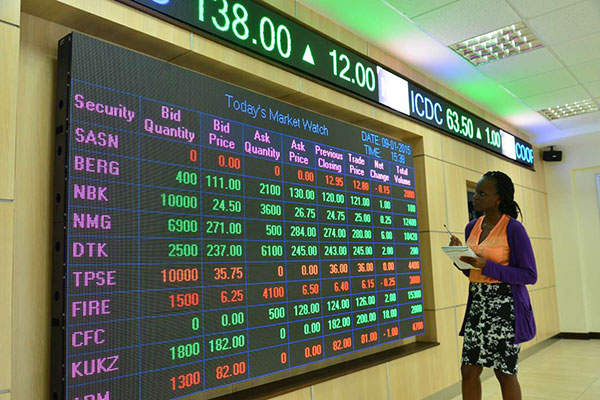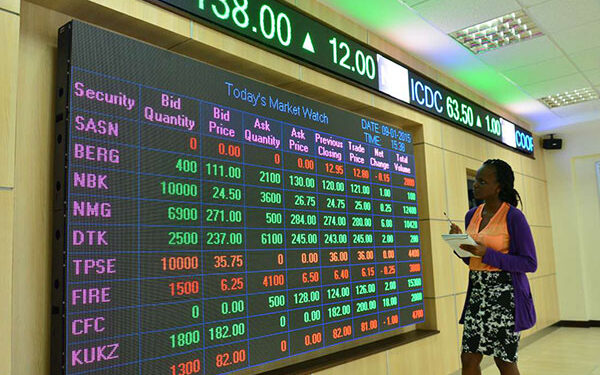
In a stock market, prices are basically determined using an auction method. An auction is a process of buying and selling goods or services by offering them up for bid, taking bids, and then selling the item to the highest bidder. In the stock market, stock buyers enter competitive bids
and stock sellers enter competitive offers at the same time.
The most favourable bid carries the day. The price at which buyers and sellers agree to close the trade is known as the market price. This price usually moves up and down over a trading day, reflecting supply and demand. The closing price, that is, the price agreed when the exchange closes, is what you see printed or displayed in various forms of the media.
The price a stock is traded at represents the highest price that a buyer is willing to pay and the lowest price that a seller is willing to sell at. Matching bids and offers are then paired together and the orders are executed.Unlike most things you buy, both the buyer and the seller set stock prices.
Both parties are continuously involved in a “tug-of-war” during trading. The current price is the highest amount any buyer is willing to pay (bid) and the lowest price any seller is willing to sell (offer or ask). The ask price is always a little higher than the bid price.
What this means is that if one is buying the stock, they will pay the ask price (the higher price) and if they are selling the stock, they will receive the bid price (the lower price). The difference between the bid price and the offer price is known as the spread. When you have lots of buyers for a particular item, such as oranges, the forces of supply and demand result in an efficient market of fair pricing for everyone involved.
This is a good thing. Major Stock Exchanges like the Nairobi Securities Exchange are examples of an auction market. Auction markets differ from over-the-counter markets where trades are negotiated. For example, four buyers may want to buy a share of XYZ and make the following bids: 10, 11, 12 and 13. Conversely, four sellers desiring to sell XYZ submit offers to sell their shares at the following prices: 13, 13.50, 14 and 15.
In this scenario, the individuals that made bids/offers for XYZ at 13 will have their orders executed. All remaining orders will not immediately be executed and the current price of XYZ will then be 13. Investors wishing to trade securities in a stock exchange have to channel their trade through a stock broker who is a member of that stock exchange.
The brokers act as agents to trade in securities, that is, buy and securities, on behalf of clients (individual investors, companies etc.) for a commission and may also act on their own account and risk. Until the emergence of electronic trading in the form of dematerialised shares, trading on bourses was conducted in the age-old style of open outcry system whereby brokers physically assembled on the floor (also known as the ring or pit) of the stock exchange and indulged in some high energy physical trading involving a combination of vigorous gesticulation and lung power, creating an ambience not unlike that of a fish market.
During trading hours, brokers made bids to buy and offers to sell shares, indicating the name, volume and price of shares sought or offered, with a wide variety of signals using their hands, fingers and voices to communicate with other dealers.The emergence of the electronic trading spelt the end of the era of open outcry system.
With the advent of electronic trading, investors are now able to trade realtime through online broker platforms. They are also able to see on their computers or mobile devices, the bids and offers that are on the market. This helps them make well informed decisions.
Kenyan Business Feed is the top Kenyan Business Blog. We share news from Kenya and across the region. To contact us with any alert, please email us to [email protected]










